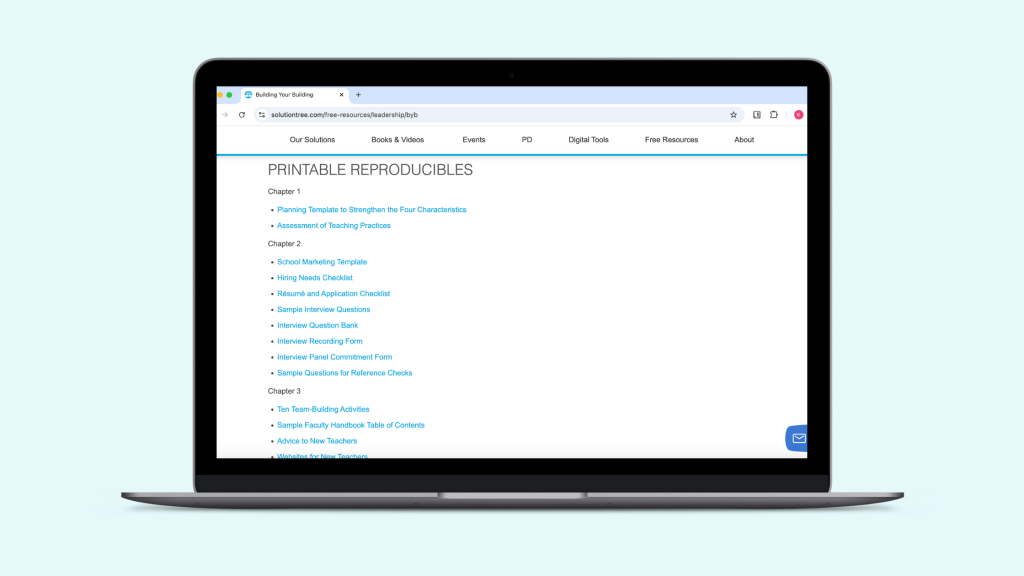At a recent CTASPA meeting, a respected director of HR and seasoned principal recommended a book that quickly earned a spot on my must-read list: Building Your Building by Jasmine Kullar and Scott Cunningham. They described it as a practical, honest guide for school leaders who want to build strong, effective teams through targeted hiring practices—and they weren’t wrong.
As a campus leader, you know how challenging it can be to identify the right fit. It’s more than just asking questions. It’s about screening candidates in a way that reveals their mindset, values, and instructional skills while also navigating rehearsed responses to uncover authentic alignment with your campus needs. Hiring is high-stakes work, and when approached with intention and clarity, it can elevate your entire school culture.
As I read Building Your Building, one key takeaway stood out: as a school administrator, your hiring process is one of the most powerful tools to shape your school culture. That idea inspired this blog post, because recruiting the right staff doesn’t happen by chance. It requires that the campus leaders have clarity, consistency, and a plan. Here, you’ll find some key ideas from the book to help you approach the hiring process intentionally. This blog is not a paid advertisement or collaboration with the authors or publishers- it’s simply another timely resource to add to your toolbox as a Practical Principal.
Step 1. Clarifying Your Campus Goals
Before posting that next job opening, take a step back and ask: What is the priority for our campus next year? Whether it’s improving reading outcomes, strengthening restorative discipline practices, or supporting a growing bilingual population, your hiring process should align with this goal.
When you’re clear on where the school is going, it becomes much easier to identify who needs to be on the bus. Every hiring decision should support the direction of the campus.
Learn about staffing your school with top talent and more with our Leadership Series Online Courses!
Step 2. Identifying the Non-Negotiables for the Candidate
Once your campus goal is clear, define the three to four essential characteristics every new hire must embody. These are your non-negotiables. Think about:
- Mindset (e.g., growth-oriented, collaborative, student-centered)
- Skillset (e.g., strong in data analysis, differentiated instruction)
- Certifications or experience (e.g., ESL certified, behavior intervention experience)
- Alignment to your school culture and instructional vision
These traits should guide your screening process. Be unapologetically specific. You’re not just hiring a teacher or staff member; remember, you’re building your building. The perfect staff member might not exist, but if you and the hiring committee can agree on what the ideal candidate brings to the table, it will make the screening and decision-making process that much clearer.
It also allows your hiring committee to be clear about the areas where there is some flexibility. Does your campus and district have the capacity and systems to support novice or uncertified teachers? A teacher lacking skill might be the right fit for your campus if they possess the will to learn and help students succeed.
Free Resources

Check out these free reproducible resources from the Solution Tree website for Building Your Building, including hiring needs and resume checklists, interview and reference check question banks, and commitment forms for the hiring committee.
Step 3. Designing a Thoughtful Hiring Process
Now that you know who you’re looking for, build a hiring process that helps you find them. Here’s how:
Build the Right Committee:
Include a diverse group of voices, including grade-level reps, instructional coaches, special programs leaders, and assistant principals. Committee members should understand the campus priorities and be aligned with the non-negotiables.
They should also have a clear sense of the hiring committee’s expectations and norms. These might address topics of confidentiality, respect, and clarity in the decision-making process (for example, if there are mixed opinions from the interview, how will the final determination be made?).
Review and Prepare Interview Questions:
Craft situational and behavioral questions to uncover how candidates think and act. For example:
- Situational: How would you respond or resolve this situation? (E.g., “How would you support a student who is two grade levels behind in reading?”)
- Behavioral: In the past, how have you responded to or resolved a situation like this? (E.g., “Tell us about a time when you collaborated with a colleague to solve a challenging student issue.”)
Ask Candidates to Share a Sample Video:
Request a 10–15 minute teaching or leadership video for candidates applying for a teacher or leadership position. The video gives insight into instructional delivery, classroom/ presenter presence, and how the candidate engages learners. The hiring committee can view it before the interview and serve as a basis for some of those situational questions for the interview, for example, “What scaffolds or interventions would you provide for a student who does not demonstrate mastery of the skill from your lesson?”
Step 4. Debriefing and Making Decisions
Congrats! You’ve held the interviews and met the candidates. Now comes the crucial next step—debriefing with your committee. Use a rubric or scoring system tied directly to your non-negotiables, the interview, and sample lesson evidence. Resist the urge to rely on “gut feeling” alone. Focus on who best matches your campus needs.
A simple way to rate the answers could be a scale from 0 to 3:
- – The candidate shared information but didn’t address the question.
- – The candidate answered the question and shared limited or vague examples.
- – The candidate answered the question and provided examples.
- – The candidate shared strong examples that align with the campus goals.
Having a precise, unbiased tool to center the decision around can help illuminate the best candidate for your campus. And if there’s a split decision, it’s up to you as the leader to determine the appropriate next steps to make the decision. Maybe you want to follow up once the reference check has been conducted? Or perhaps you are ready to take the lead and decide right now. Regardless, it’s essential for cohesion and trust within the hiring committee that you, as the leader, are clear and transparent about how this will be handled.
Step 5. Having Reference Checks that Provide Insight
Don’t skip the reference check once you’ve narrowed your top two or three candidates. Most districts require checking with at least two or three professional references, including a former supervisor. If it’s not already a district requirement, I strongly recommend this practice. In the ideal situation, this candidate would receive a glowing review and recommendation for hire. In less ideal situations, you may hear another perspective about a candidate that might help you determine whether or not they’re the right fit or how you can proactively support this person in their role. The more you know, the better you can make an informed plan and decision.
For the reference check, prepare questions that go deeper. For example:
- “What are this candidate’s greatest strengths in the classroom?”
- “In what areas would you recommend they continue to grow?”
- “Please share a time that this staff member received coaching or feedback support. What were they being supported on? How did they respond to the coaching or feedback?”
- “Would you hire this person again if you had the opportunity?”
Sometimes, what you learn in these conversations can be the final puzzle piece. A small investment of 10-15 minutes to ask meaningful and intentional questions for professional references could make or break the possibilities for your campus culture next year. Don’t overlook this step!
Hiring isn’t just about filling a vacancy. It’s about investing in the future of your school. By approaching the process with intention and clarity, you’re building a strong staff and a stronger campus community.
As Kullar and Cunningham emphasize in Building Your Building, leaders shape culture through people. So build wisely, and build with purpose.
Natalie is an Educator Evaluation and Leadership Administrative Specialist at ESC Region 13.






Add comment